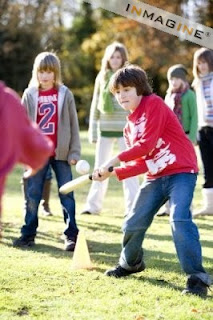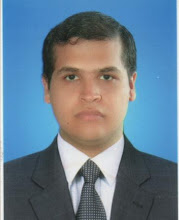 Basically in this entry it will be seen what TBL is through a simple example. With this what we look for is to increase the understanding of this teaching view and its big advantages to put in practice in a foreing language class.
Basically in this entry it will be seen what TBL is through a simple example. With this what we look for is to increase the understanding of this teaching view and its big advantages to put in practice in a foreing language class.First of all, let's limitate our ideal class to keep a criteria of what we are going to teach and what subjets will be implied in it.
Class characteristics: a 8th grade with students from a bilingual high school
Number of students: 20
Topic: Solar system and space
time to develop: the English class will dedicate one of its 6 weekly hour to get information about the topic and writting exercises. language class will dedicate 2 of its 4 weekly hours to check how to write a fantastic story and the structure of this type of document in order to desing their own documents, and social sciences class will dedicate enough tiem to study theories related with the origins of the space and conformation of planet earth.
Subjects involved: language, History, social sciences.
Skill to develop: writting, reading, and also composing from a personal view taking into account the topic and literacy capacities of the student.
Objective:
organize the students ideas around an specific topic in order to research about it and put inpractice all the knowledge and articulate it in other areas not completely enchained to the topic. For example the study of the milky way seen through the literature.
PRE-task:
every curse will present the topic and the activities. Every teacher from every curse will design his/her own specific objetives, extra activities and evaluations. The teachers will have independence in their courses they may work as they want, just keeping in mind they must dedicate an space for the task. Thus English class will have the responsability of guiding the students through the information searching, discussion about the topic. Language class will show the characteristics of a tale and fantastic stories related to the space, and social science will filtrate the obtained information in the English class to present the main topics of this area such as; the space, planet Earth, development of the different theories about the origin of the univers and so on.
Task In the English class:Class characteristics: a 8th grade with students from a bilingual high school
Number of students: 20
Topic: Solar system and space
time to develop: the English class will dedicate one of its 6 weekly hour to get information about the topic and writting exercises. language class will dedicate 2 of its 4 weekly hours to check how to write a fantastic story and the structure of this type of document in order to desing their own documents, and social sciences class will dedicate enough tiem to study theories related with the origins of the space and conformation of planet earth.
Subjects involved: language, History, social sciences.
Skill to develop: writting, reading, and also composing from a personal view taking into account the topic and literacy capacities of the student.
Objective:
organize the students ideas around an specific topic in order to research about it and put inpractice all the knowledge and articulate it in other areas not completely enchained to the topic. For example the study of the milky way seen through the literature.
PRE-task:
every curse will present the topic and the activities. Every teacher from every curse will design his/her own specific objetives, extra activities and evaluations. The teachers will have independence in their courses they may work as they want, just keeping in mind they must dedicate an space for the task. Thus English class will have the responsability of guiding the students through the information searching, discussion about the topic. Language class will show the characteristics of a tale and fantastic stories related to the space, and social science will filtrate the obtained information in the English class to present the main topics of this area such as; the space, planet Earth, development of the different theories about the origin of the univers and so on.
 the class will be divided in 4 groups which are going to
the class will be divided in 4 groups which are going to  work in the web to search information after watching the next presentation. Once, they have already watched the presentation the students are requested to look for information that they are interested in about the topic, for example if they are interested in the origin of stars they may look for it and then to express opinions about their interests, students may work in the conformed groups or in pairs. in a second session the students will present the information they have found to use; for example if they find how are the stars conformed and how these birth and die, they will make small presentations about it in class.
work in the web to search information after watching the next presentation. Once, they have already watched the presentation the students are requested to look for information that they are interested in about the topic, for example if they are interested in the origin of stars they may look for it and then to express opinions about their interests, students may work in the conformed groups or in pairs. in a second session the students will present the information they have found to use; for example if they find how are the stars conformed and how these birth and die, they will make small presentations about it in class.planing
In a third session the groups will design a poster with one of the 4 chosen topics from the previous presented about the research they did about their preferences about the space. In this poster the students will also add information they have obtained from the other courses like for example, theories about the origin of the universe or any comment related to the topic.
Once the poster is finished every group will post their poster in a public space to show the final group product to all the school.
 report
reportFinally the students will write two documents as a final productions in the english class but related to the other courses. the first one is a cognitive one, it means, every student individually will writte a document, it may be an essay, a research report or any other where they show their knowledge about the space, related theories, conformation of the Earth and all other topics related to the task. the second document will be a fantastic story also related to the space, in this story the student will take advantage of the knowledge get in the language class, also the student may use previous documents seen in that class.



